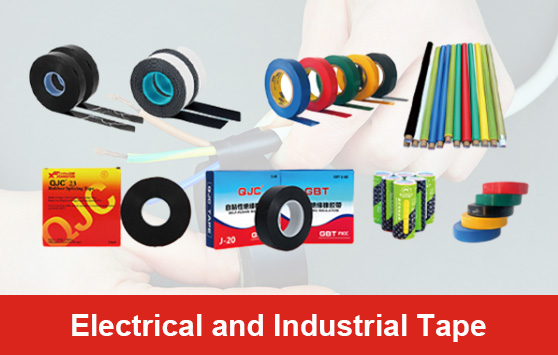Understanding 20mm Intumescent Strip A Key Component in Fire Safety
In the modern world, ensuring safety in buildings is paramount, especially when it comes to fire protection. Among the myriad of safety solutions available, the 20mm intumescent strip stands out as a crucial element in passive fire protection systems. This article delves into the features, applications, and benefits of using 20mm intumescent strips in construction and renovation projects.
What is an Intumescent Strip?
Intumescent strips are fire-resistant materials that expand when exposed to heat, creating a seal that prevents the passage of smoke and flames. Typically made from a combination of graphite, resin, and other additives, these strips serve as a protective barrier during a fire, thereby significantly enhancing the safety of occupants and property. The 20mm intumescent strip refers specifically to the width of the strip, which is designed to fit a variety of door frames and openings.
How Do Intumescent Strips Work?
When temperatures reach a critical threshold—usually above 200 degrees Celsius—the intumescent material in the strip begins to expand. This expansion can increase the thickness of the strip by several times its original size, effectively sealing gaps around doors or between different structural elements. The resulting barrier inhibits smoke and flames from spreading rapidly, providing valuable time for occupants to evacuate and for emergency services to respond.
Applications of 20mm Intumescent Strips
The versatility of 20mm intumescent strips makes them suitable for a wide range of applications
. Some of their primary uses include1. Door Frames One of the most common applications is in door frames. Intumescent strips are installed around fire-rated doors to ensure that any fire doesn’t easily breach these critical barriers. The 20mm width is ideal for various standard doors, ensuring comprehensive coverage.
2. Window Openings Intumescent strips can also be used in window frames, especially in buildings where windows could potentially compromise fire integrity. They offer protection against heat and fire, minimizing damage and potential loss.
3. Partitions and Walls Many commercial and residential buildings utilize intumescent strips between wall partitions. This is particularly important in places like hospitals or schools, where ensuring occupant safety is crucial.
20mm intumescent strip

4. Specialized Applications Beyond traditional environments, these strips are utilized in industrial settings, warehouses, and even in maritime applications to protect against fire hazards.
Benefits of Using 20mm Intumescent Strips
The incorporation of 20mm intumescent strips into a building offers several beneficial features
1. Enhanced Fire Safety The primary benefit is the increased safety provided by an effective fire barrier. In case of fire, these strips can prevent flames and smoke from spreading quickly, reducing the risk of injury and property damage.
2. Building Compliance Many local and international codes and regulations mandate fire safety measures in construction. Utilizing intumescent strips helps ensure compliance with fire safety standards, making inspections smoother and avoiding potential penalties.
3. Cost-Effectiveness Investing in intumescent strips can save money in the long run by reducing the potential for damage during a fire. The cost of installation is often outweighed by the protection they provide.
4. Ease of Installation These strips are relatively easy to install. They can be applied to pre-existing structures or during new builds, providing flexibility in design and application.
5. Aesthetic Versatility Available in various finishes and designs, intumescent strips can blend seamlessly with existing architectural styles, ensuring that safety does not compromise aesthetic appeal.
Conclusion
In a world where fire safety cannot be overlooked, 20mm intumescent strips play a vital role in safeguarding lives and property. As passive fire protection systems continue to evolve, understanding and implementing solutions like these strips become indispensable in both new constructions and renovations. By investing in quality fire protection materials, architects, builders, and property owners can enhance safety while adhering to regulatory standards, ensuring peace of mind for all building occupants.
-
XIANGFAN Rubber Tape-Ultimate Solutions for All Your Insulation NeedsNewsJun.24,2025
-
XIANGFAN Rubber Tape-Protection for Industrial and Residential ApplicationsNewsJun.24,2025
-
XIANGFAN Rubber Tape: Superior Safety and Sealing for Demanding EnvironmentsNewsJun.24,2025
-
XIANGFAN Rubber Tape: Reliable Solutions for Every Electrical ChallengeNewsJun.24,2025
-
XIANGFAN Electrical & Industrial Tape: Powering Reliability Across IndustriesNewsJun.24,2025
-
XIANGFAN Electrical & Industrial Tape: Excellence in Every ApplicationNewsJun.24,2025
